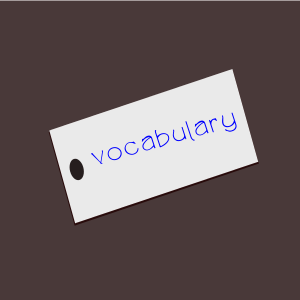
Today’s post is about astronomy, the study of the night sky, stars and such. All the pictures come from NASA.
Most people know what stars are. The Sun is a star; in fact it is our nearest star. However, there is more to space than stars. Many of these things orbit (travel around) other things.
Planets
The planets in our solar system (the planets that orbit, or move around the Sun) are, moving from closest to the Sun to furthest away:
- Mercury,
- Venus,
- Earth, our planet,
- Mars, the red planet,
- Jupiter, the largest planet,
- Saturn well-known for the impressive rings around it,
- Uranus,
- Neptune,
- Pluto, a dwarf planet, which is no longer considered a major planet.
Moons
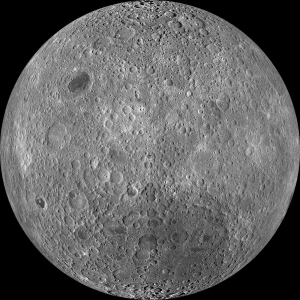
Moons are not planets, but natural satellites. Moons orbit planets. Planets in our solar system that have moons are Earth, Mars, Jupiter, Saturn, Neptune and Uranus.
The rings around Saturn and Uranus also contain large objects that behave like moons.
Galaxies
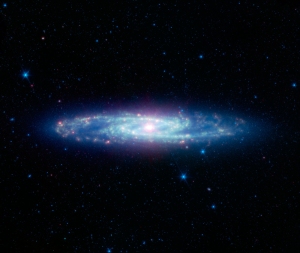
A galaxy is a group of stars kept together by gravity. Our galaxy is called the Milky Way. Another well-known galaxy is called Andromeda.
Black holes
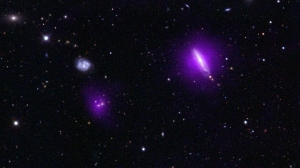
Black holes are thought to form when large stars die. Black holes are called black holes because their gravity is so strong that not even light can escape.
Nebulae
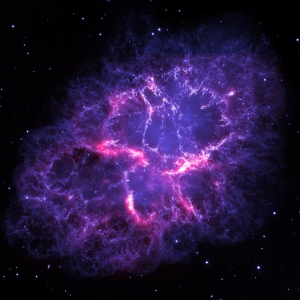
A nebula is a cloud of gas and dust. Galaxies outside the Milky Way used to be thought of as nebulae.
Comet
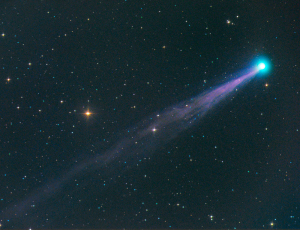
A comet is a mass of rock, dust and ice that has been heated by the sun and which develops an atmosphere and often a tail. They have orbits. Halley’s Comet orbits Earth and is visible every 75 or 76 years.
Meteor
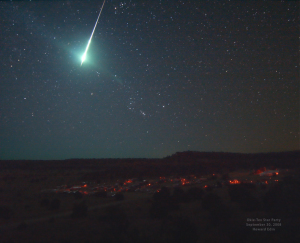
A meteor is a streak of light caused by the flight of a meteoroid through the Earth’s atmosphere. When a meteoroid lands, it is called a meteorite.
Asteroid
An asteroid is a minor planet that orbits the Sun. They are located between Jupiter and the Sun. There is an asteroid belt between Jupiter and Mars.
